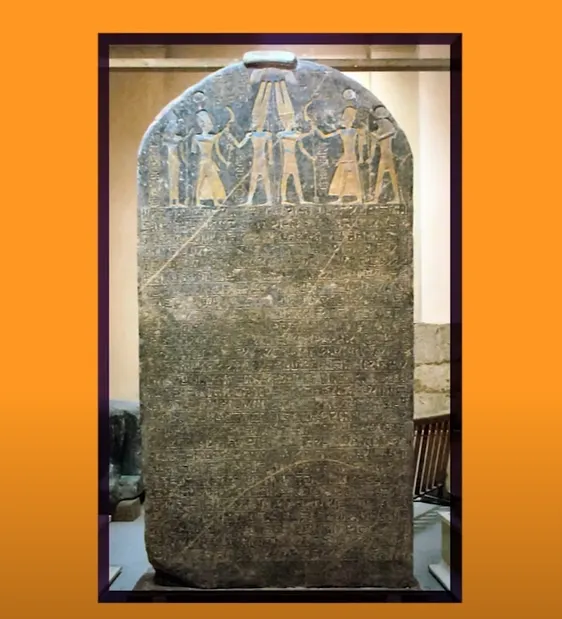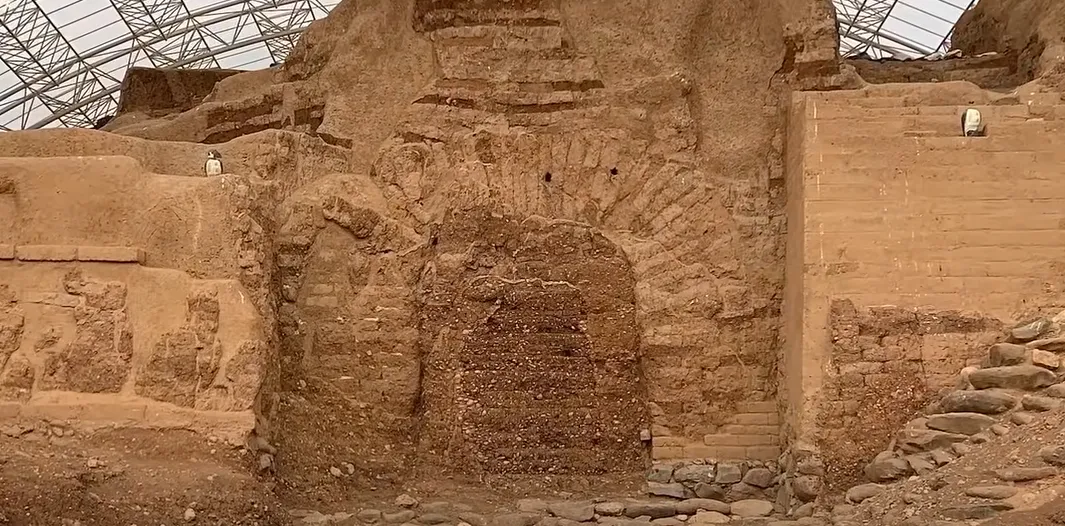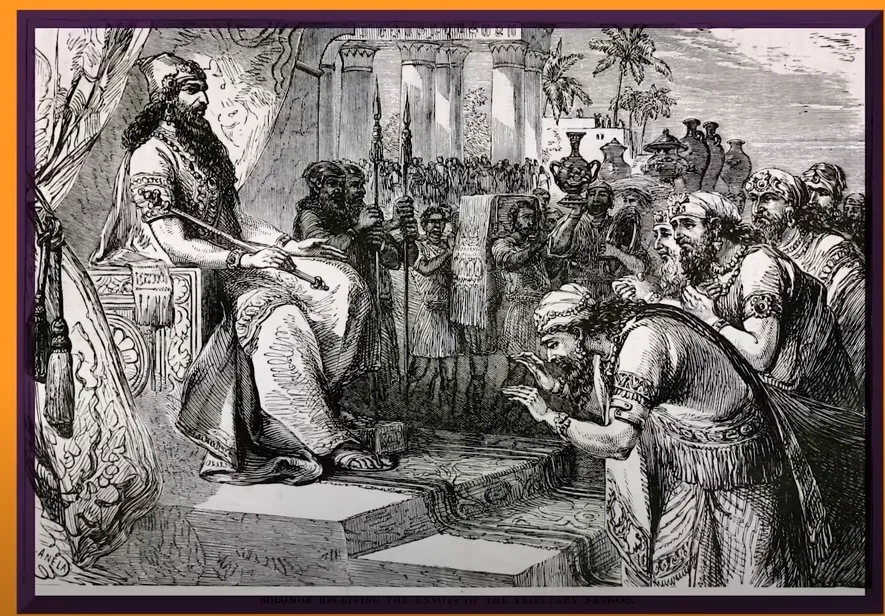The Bible, with its profound influence on culture, history, and religion, remains a subject of deep fascination and debate. For some, it’s a literal account of divine events; for others, a rich tapestry of metaphor and moral lessons.
But amid these varying interpretations, there’s a growing body of evidence that suggests parts of this ancient text might be rooted in historical events. Archaeological discoveries have provided intriguing confirmations of biblical accounts, offering glimpses into a world where faith and history intersect.
Israel in the 13th Century BC: The Merneptah Stele
One of the most significant discoveries that support the Bible’s historical claims is the Merneptah Stele.
Discovered in 1896 in Thebes, this ancient Egyptian inscription dates back to the late 13th century BC and chronicles the military victories of Pharaoh Merneptah.
The last few lines of the Stele mention Israel, marking the earliest non-biblical reference to this nation.
This find is crucial as it provides concrete evidence that a people called Israel existed in Canaan during this period, aligning with the biblical narrative of the Israelites.
The Legacy of King David: The Tel Dan Inscription
King David, a central figure in the Bible, was long considered by some scholars to be more legend than historical figure.
However, this perception changed dramatically in 1993 when archaeologists uncovered the Tel Dan Inscription in northern Israel.
This Aramaic inscription, dating back to the 9th century BC, mentions the “House of David,” providing the first extra-biblical evidence of King David’s dynasty. While not definitive proof of David’s existence, it strongly suggests that he was a real figure, respected and remembered by subsequent generations.
Solomon’s Splendor: The Six-Chambered Gates
King Solomon, David’s son, is another biblical figure whose existence has been questioned.
According to the Bible, Solomon was a wise and wealthy king who oversaw massive construction projects throughout Israel. Archaeological digs at sites like Hazor, Gezer, and Megiddo have uncovered six-chambered gates dating to the 10th century BC, the era when Solomon is said to have reigned.
Although there’s debate over the exact dating of these structures, they provide physical evidence that supports the Bible’s description of extensive building activities during Solomon’s reign.
Moabite Conflicts: The Mesha Stele
The Mesha Stele, discovered in 1868 in modern-day Jordan, offers another fascinating intersection between biblical and historical records.
This inscribed stone tells the story of King Mesha of Moab and his victories over Israel, which is also recounted in the Bible’s Book of Kings. While the two accounts emphasize different aspects of the conflict, the Mesha Stele provides an independent confirmation of the events described in the Bible, highlighting the authenticity of these ancient narratives.
The Exodus and the Parting of the Sea: A Scientific Perspective
One of the most dramatic stories in the Bible is the Exodus, particularly the parting of the Red Sea. For centuries, this account has been viewed as a miraculous event, but recent scientific research suggests that it might have a basis in reality. Scholars now believe that the “Red Sea” mentioned in the Bible is actually the “Sea of Reeds,” possibly located near the Nile Delta.
Studies have shown that a strong wind, blowing overnight, could have pushed back the waters, creating a temporary land bridge—a phenomenon known as a wind setdown. This scenario aligns with the biblical account of Moses parting the waters, showing that even the most extraordinary stories might have roots in natural events.
Bridging Faith and History
These discoveries highlight the complex relationship between faith and history. While they don’t prove every detail of the Bible, they offer compelling evidence that many biblical narratives are grounded in historical events.
As archaeology continues to unearth ancient artifacts and texts, we gain a deeper understanding of the world described in the Bible—a world where history and belief converge, each illuminating the other.
Johnny specializes in content related to Jesus, the Bible, and religious topics. With a profound understanding of spirituality, Johnny’s articles are both insightful and inspiring, guiding readers through the complexities of faith.



